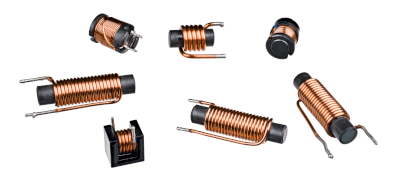What Is a Reactor?

Reactors, electrical components comprising copper wire coiled around an iron core, leverage electromagnetic induction. These devices slow the rate of current changes within a system by generating a larger back electromotive force (EMF) as the self-inductance increases. Given their simple construction, reactors are integral in power electronics and high-power electronics sectors. They are frequently paired with capacitors to manage tidal currents effectively.
Uses of Reactors
Reactors find their applications primarily in controlling power systems and driving power equipment.
1. For Power System Control
Reactors play a crucial role in managing reactive power within power systems, essential for reducing system currents and minimizing stress on electrical infrastructure. They correct advanced phases under light loads, such as at night, preventing high-voltage failures. Reactors also mitigate harmonic distortions that threaten capacitors by being serially connected, thus enhancing system reliability.
2. For Power Equipment Drive
In power equipment drives, reactors limit current to absorb excitation inrush currents, eliminate inverter noise, and improve power factors, being serially integrated into the circuit.
Principle of Reactors
The reactor’s design is remarkably simple, comprising a copper wire coil, an internal iron core, and insulation filler. Post-winding, the coil is varnished for insulation. The iron core, usually made from silicon steel sheet or ferrite, enhances the reactor’s inductance. Insulation filler varies between oil in wet reactors and resin in dry types, providing insulation and cooling. Dry types are compact and flame-retardant, though more expensive.
Structure of Reactors
Reactors are classified based on their construction and application. Iron core reactors are preferred for high inductance needs, whereas air-core reactors are chosen to minimize loss. DC reactors are utilized in inverter rectifier circuits to suppress phase shifts and harmonics. In contrast, AC reactors address harmonics from inverter outputs.
Types of Reactors
Various reactor types cater to specific applications. Current-limiting reactors suppress inrush and short-circuit currents during equipment startups, protecting the system. Arc-extinguishing reactors prevent arc currents in overhead power lines due to faults. Compensation reactors cancel surge currents from earth faults in underground lines. Shunt reactors adjust AC power phases at substations, improving power factors for loads with advanced phases.